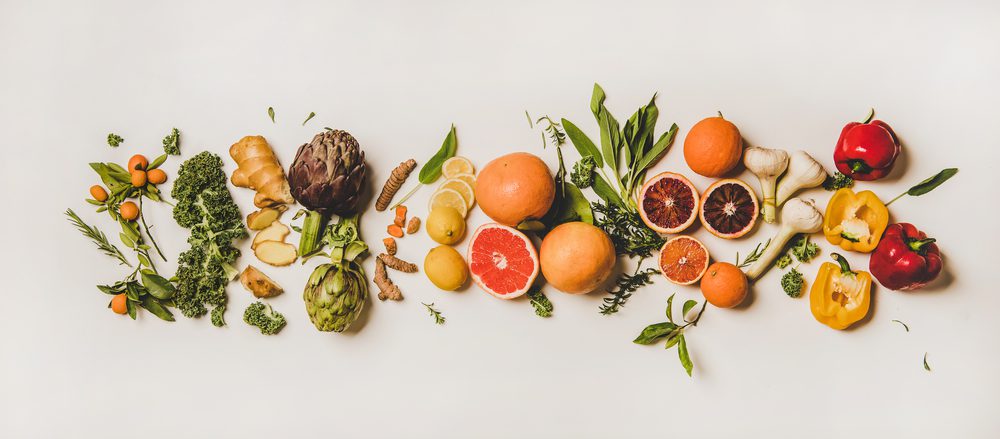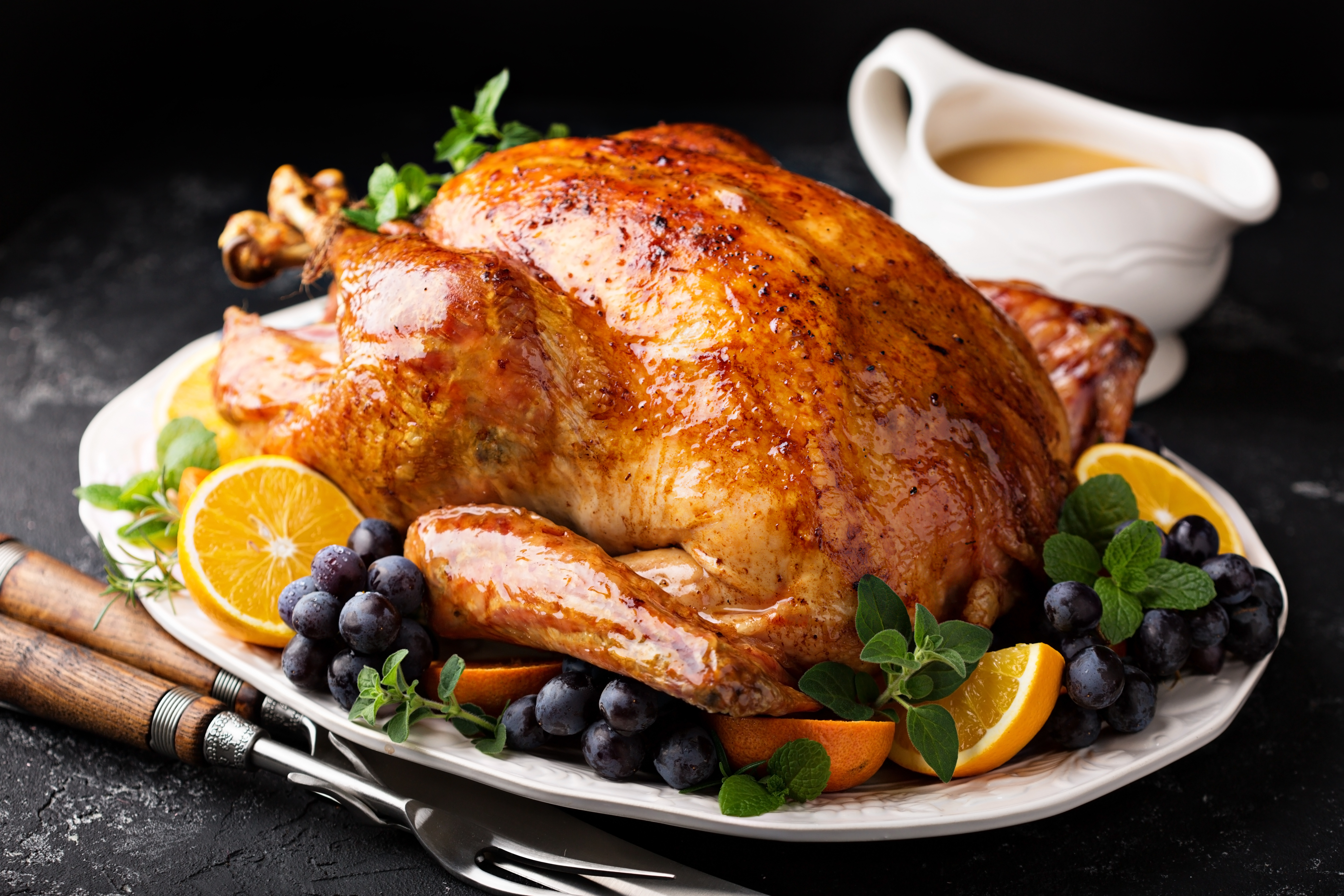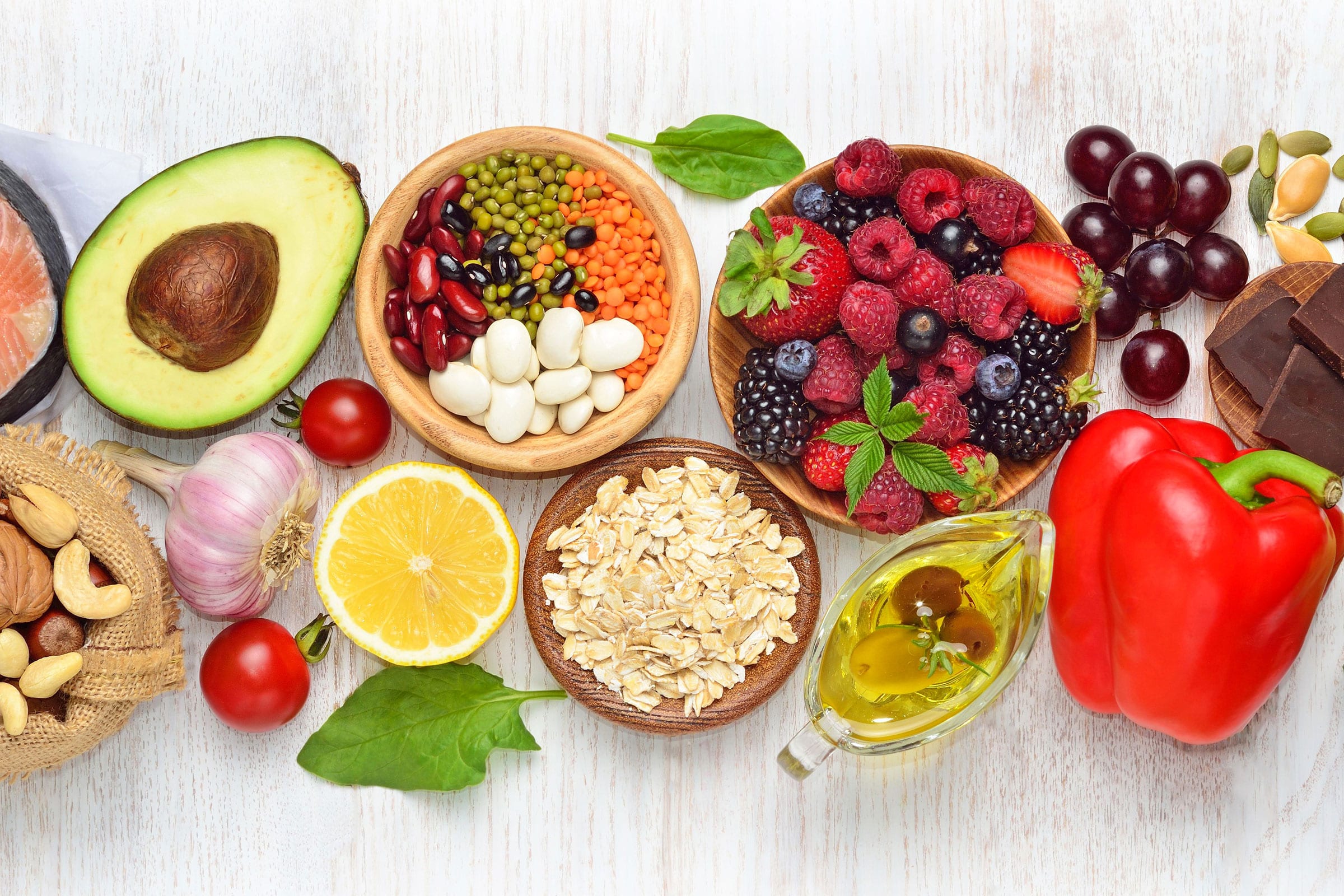Feeling late to the start of your nutrition goals this year?
Experiencing new or existing GI issues such bloating, nausea, or constipation?
Received a new diagnosis such as high cholesterol or diabetes?
Or maybe you have a new food allergy, or you have a picky eater at home for whom you worry about nutritional intake?
Whatever your nutritional concerns, RVNAhealth’s Dietitian and nutrition expert, Monica Marcello, is here when you need her.


“Its never too late to start learning about and working on optimal nutrition to benefit your specific situation. Nutrition and pathways to better health are a progression – both in learning and in practice. It’s okay to start off small and work your way up. The important part starts with education and then learning what practices and techniques best fit your lifestyle to encourage long term success,” says Marcello.
If you have a new health concern, problems getting started or breaking through to a next level of nutritional wellness, or maintaining your nutritional success, RVNAhealth offers a variety of services that can help. For any questions or information on the below services, please visit our website or contact Monica Marcello.
RVNAhealth Nutrition Services
- Individuals Nutrition Counseling: One-on-one comprehensive nutrition and wellness sessions tailored to your medical history, nutrient needs, and goals. Individualized counseling is perfect for someone who feels ready for, or in need of, a lifestyle change, usually involving one or more visits with our dietitian. Services include meal plans, recipes, education, motivational interviewing, nutrition prescription plan, and exercise prescription plan. First time 15-minute phone consultations are available free of charge. The price for formal service is $125 for an initial 1-hour visit; $85 for 45-minute follow-up visits. We do offer senior (65+) discounts on pricing. And RVNAhealth accepts Medicare B reimbursement for the following conditions: diabetes, renal disease, and kidney transplants.
- NEW (for Existing or Past Clients) – Nutrition Maintenance Program: RVNAhealth is pleased to introduce a new Nutrition Maintenance program for only $19 per month. What’s included? One personalized nutrition prescription per month; One nutrient analysis report and emailed big-picture recommendations; Full access to EatLove nutrition software (meal planning, grocery list, recipe development, tracking, etc.). Email Monica for more information.
- Interactive Cooking Classes: Learn practical ways to apply the knowledge we share during our visits, making it easier than ever to create delicious meals in your kitchen. Classes include demonstration on how to cook meals and the ability to prep/cook meals yourself, one meal to eat in the class or to take home (we usually have leftovers), 8-12 recipes, practical tool-kit of each topic discussed, and time with Monica to answer your individualized questions. Classes are typically on Friday’s 4:30-5:45 pm (see RVNAhealth nutrition webpage and calendar for the latest dates and topics). Price is $65 for each class, $8 off if you invite a friend (for you and them).
- Free Nutrition Counseling for Ridgefield Kids 18 & Under: Thanks to the generous grant support of the Ridgefield Fresh Air Fund and the Barker Welfare Foundation, RVNAhealth is now able to offer free nutrition counseling for Ridgefield kids and teens. If your child or someone you know may benefit from working with a dietitian, call or email me and we can get them an appointment…for FREE! Three free nutrition appointments (or more depending on need). Any nutritional issues qualify (healthy eating, GI issues, picky eating, you name it). Sign your child up by clicking here!









